Maximizing Productivity: A Guide to Office Space Planning and Functionality
%20(1)-1060x400w.png)
Maximizing Productivity: A Guide to Office Space Planning and Functionality
Efficient office space planning is essential for maximizing productivity and creating a functional work environment. From selecting the right office furniture to optimizing the layout for an activity-based workspace, every detail plays a crucial role in fostering a productive atmosphere. In this comprehensive guide to office space planning and functionality, business owners, project managers, and interior designers will discover key insights into interior design principles that enhance the functioning space, catering to the needs of a dynamic modern office setting.
The Importance of Office Space Planning
Understanding the Role of Interior Design in Productivity
Interior design directly impacts how employees interact with their surroundings and perform their tasks. A well-designed office can boost morale, enhance focus, and ultimately increase output. The right color schemes, lighting, and furniture arrangements can greatly affect mood and energy levels. For instance, utilizing natural light can reduce eye strain and fatigue, while ergonomic office furniture supports physical well-being, preventing discomfort that can distract from work. Effective space planning also allows for smooth traffic flow and encourages collaboration without causing disruptions. By understanding how interior design influences daily operations, businesses can create a functioning space that both motivates and supports their workforce. This strategic approach to office layout is not just about aesthetics; it's about crafting an environment that promotes efficiency and productivity at every turn.
Why Space Planning Matters for Your Business
Space planning is a critical aspect of office design that can significantly impact your business's operational efficiency. A well-planned office layout ensures optimal use of space, which can help reduce costs by avoiding unnecessary real estate expenses. Additionally, thoughtful space planning can enhance collaboration among employees by creating designated areas for teamwork while also providing quiet zones for concentrated work. This balance can lead to improved communication and a more cohesive work culture. Furthermore, a strategically organized office signals professionalism and attention to detail to clients and visitors, reinforcing your brand's image. By prioritizing space planning in your business, you can create an adaptive environment that meets the evolving needs of your team and supports your company's growth and success.
Maximizing Functionality in Your Office
Choosing the Right Office Furniture for Your Needs
Selecting the appropriate office furniture is a crucial decision that can have a long-term impact on your employees' comfort and productivity. To make an informed choice, consider the following aspects: ergonomic design, durability, and flexibility. Ergonomic chairs and desks encourage proper posture, reduce the risk of injury, and can lead to increased employee well-being and productivity. Durability ensures that your investment will last, even in a high-traffic office environment, while flexible furniture options can accommodate various work styles and can be easily reconfigured for different tasks or team sizes.
Additionally, the aesthetic of your office furniture should align with your brand identity and create a welcoming atmosphere. By carefully considering these factors, you can equip your office with furniture that not only looks good but also promotes a functioning space conducive to productivity.
Activity-Based Workspace: The Future of Functioning Space
Activity-based workspace design is transforming the traditional office by focusing on the variety of tasks that employees perform. This innovative approach involves creating specific zones tailored to different activities, such as collaboration, focus work, or relaxation. By providing a range of work settings, employees have the freedom to choose an environment that best suits their current task, leading to increased efficiency and satisfaction.
In an activity-based workspace, furniture plays a pivotal role. Modular pieces that can be easily moved and reconfigured support this dynamic environment. Including sound-proofing elements for quiet zones and communal tables in collaborative areas enhances functionality. As businesses adopt this forward-thinking office design, they are observing a marked improvement in productivity and employee engagement. Embracing an activity-based workspace is an investment in your company's future, fostering a culture of flexibility and innovation.
Achieving Office Efficiency through Thoughtful Planning
Balancing Aesthetics and Functionality in Office Spaces
When planning an office space, it's important to strike the right balance between aesthetics and functionality. A visually appealing office can inspire creativity and contribute to a positive company culture, but it shouldn't come at the cost of practicality. Every design element, from color schemes to furniture shapes, should serve a purpose.
For instance, choose colors that reflect your brand but also have a calming effect on employees. Invest in stylish yet sturdy office furniture that withstands daily use while contributing to an attractive workspace. Space planning should facilitate easy movement and promote a logical flow of work. By considering both the look and the utility of each design choice, you create an office that not only elevates your brand image but also enhances the daily productivity of your team.
How Proper Planning Transforms Your Office into a Productive Environment
Proper planning is the cornerstone of transforming any office into a productive environment. This process involves more than just arranging furniture; it requires a deep understanding of your team's workflow and the tasks they perform. By identifying the specific needs of different departments and individuals, you can tailor the workspace to facilitate efficiency and minimize disruptions.
Consider implementing zones that cater to various work styles, such as quiet areas for intense focus and open spaces that encourage collaboration and idea-sharing. Ensure that technology and office resources are easily accessible to all employees. Integrate storage solutions to keep the office organized and free of clutter. Through thoughtful planning, you can create a functioning space that not only improves day-to-day operations but also adapts to the changing needs of your business, leading to sustained productivity and success.

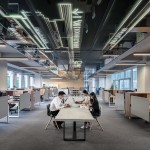
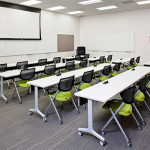
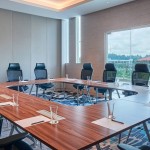
_page20_image40-150x150h.jpg)
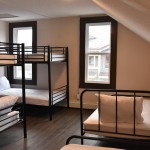


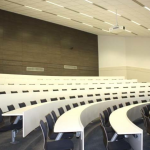
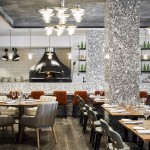

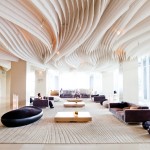
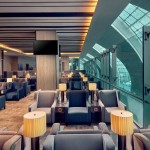
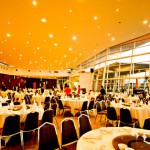


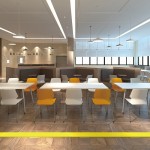







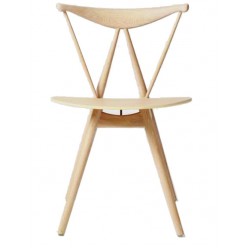
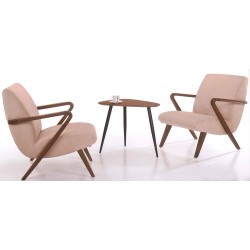
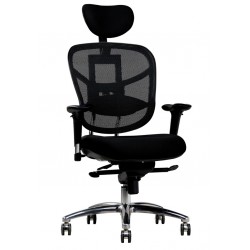
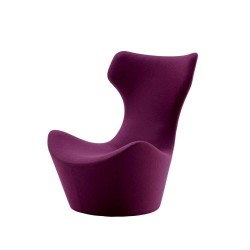
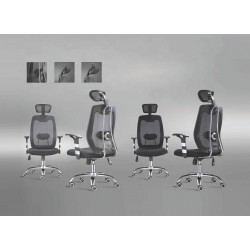
Leave a Comment